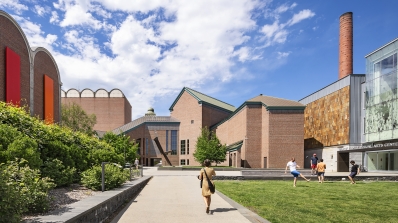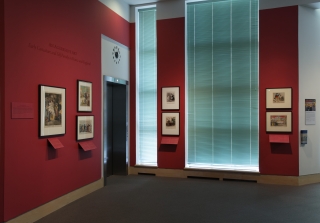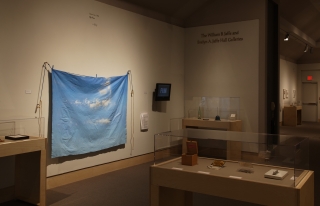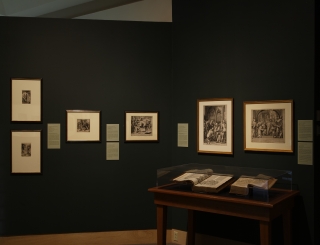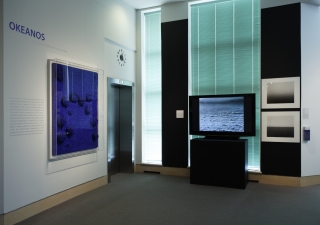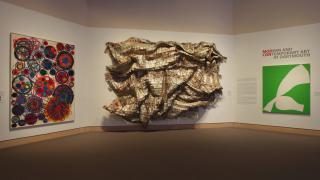Exhibitions Archive
Early Caricature and Self-Parody in France and England
Aggressive ArtPrints from Dürer to Rembrandt
Envisioning JerusalemMedieval maps typically located Jerusalem at the center of the world, reflecting its fundamental importance as the biblical universal city in both Old and New Testaments. According to Jewish, Christian, and Islamic beliefs, prophets and patriarchs from Abraham to Muhammad are said to have trodden its grounds, and all three monotheistic faiths consider it to be a holy city. Jerusalem has also been the site of religious and political conflicts from the Babylonian era onward, imbuing it with additional sacred and secular significance.
As early as the fourth century, Christian pilgrims traveled to Jerusalem to visit the places associated with the final days of the life of Jesus as they were portrayed in the Gospels—beginning with his triumphal entry and culminating in the Crucifixion. After the invention of the printing press in the fifteenth century, a vast market emerged for descriptions and representations recording such devout journeys. These materials contributed to the dissemination of common impressions of the pilgrimage experience.
Because only a few actual European artists traveled to the Holy Land during the Ottoman occupation in the sixteenth and seventeenth centuries, people relied on imaginary depictions of Jerusalem’s legendary monuments and landscape. Some featured ancient buildings in the background, while others presented more familiar settings inspired by local scenery. In nearly every instance, the surroundings were grand in scale and elaborately rendered.
Representations of the Glove as Fetish Object
Hand-In-GloveHighlights from the Hood Museum of Art
Modern and Contemporary Art at Dartmouth
The third in a series of comprehensive exhibitions and catalogues showcasing the permanent collection, this exhibition surveys the breadth and depth of the permanent collection and highlights key works from the holdings, only a tiny fraction of which are on view in the museum's galleries at any one time. Modern and Contemporary Art at Dartmouth focuses on post-1945 painting, sculpture, works on paper, new media, and photography, and includes works by Mark Rothko, Ed Ruscha, Alice Neel, Romare Bearden, Alexander Calder, El Anatsui, Juan Munoz, Alison Saar, Amir Nour, Bob Haozous, Richard Serra, and Bill Viola, among others.
